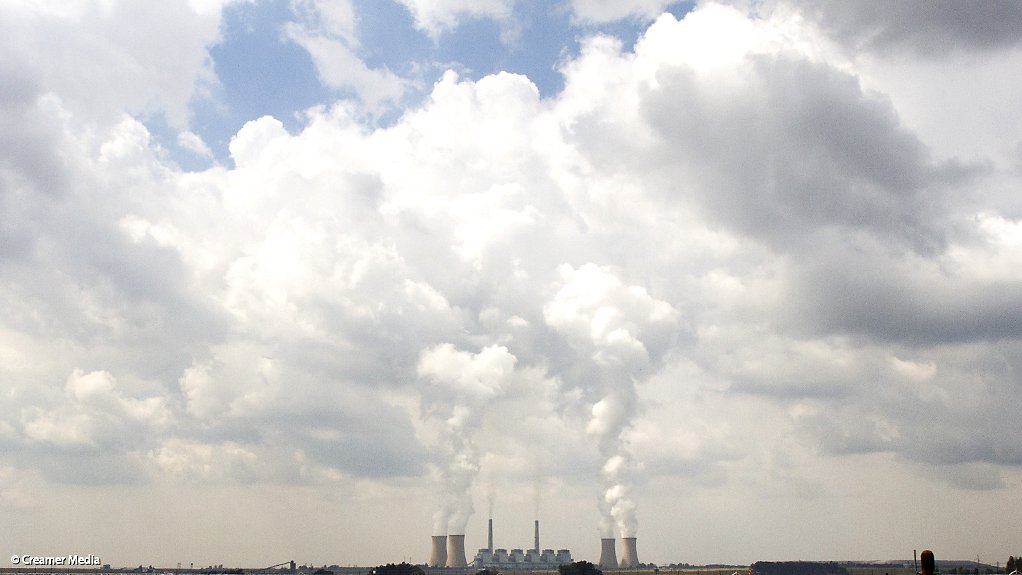South Africa’s State power utility and biggest source of air pollution won an appeal to keep five of its oldest plants open even though they are set to flout incoming emission caps.
The plants - which account for almost a quarter of Eskom Holdings’ almost 45 GW of coal-fired generation capacity - will be allowed to operate under current emission limits until the end of March 2030, Barbara Creecy, South Africa’s environment minister, ruled. That will exempt them from more stringent restrictions on pollutants, ranging from particulate emissions to sulfur dioxide, that come into effect in 2025.
The decision highlights the difficulties South Africa, which has one of the world’s most carbon-intensive economies, faces in balancing the health of citizens with the need to keep a struggling economy supplied with power. The country has been hit with periodic electricity outages since 2008, hindering economic growth and deterring investment.
Closing the offending plants “potentially involved plunging the country into darkness,” a team of experts said in a report upon which Creecy based her decision. Balancing that concern with the health impacts of pollution from the plants “was difficult and extremely complex,” it said.
The minister ordered the Johannesburg-based utility to submit plans within the next year on when and how the Hendrina, Grootvlei, Arnot, Camden and Kriel plants will be decommissioned.
Creecy also instructed Eskom to submit fresh applications for pollution exemptions for its Matla, Duvha, Tutuka and Kendal plants within 60 days of her determination. Those facilities have a combined capacity of 14.4 GW.
Eskom confirmed the ruling and said it was received on May 23. Business Day, a Johannesburg-based newspaper, reported on the decision earlier on Thursday.
Eskom, which in December admitted that its particulate emissions were at a 31-year high, has disputed studies that found its pollution causes thousands of deaths annually, and that it is the world’s leading source of nitrogen oxide and sulphur dioxide emissions. The pollutants cause ailments ranging from respiratory disease to heart attacks and strokes.
The company has said it’s spending billions of rand addressing pollution concerns, but it cannot afford the 300 billion rand ($17 billion) needed to comply with emission limits. South Africa’s limits are considerably more lax than those of China and India, the world’s two biggest users of coal for power production.
EMAIL THIS ARTICLE SAVE THIS ARTICLE
To subscribe email subscriptions@creamermedia.co.za or click here
To advertise email advertising@creamermedia.co.za or click here











